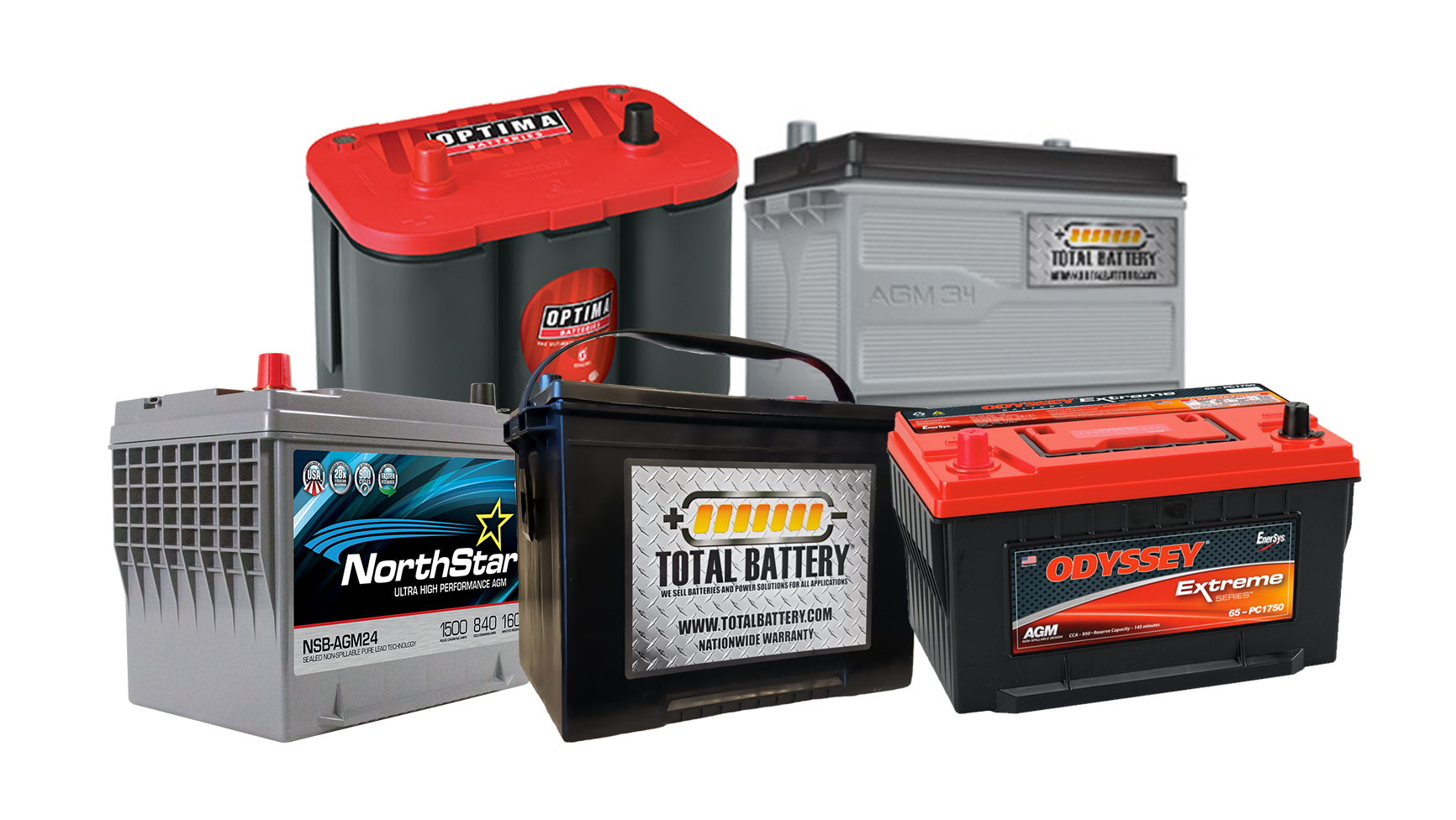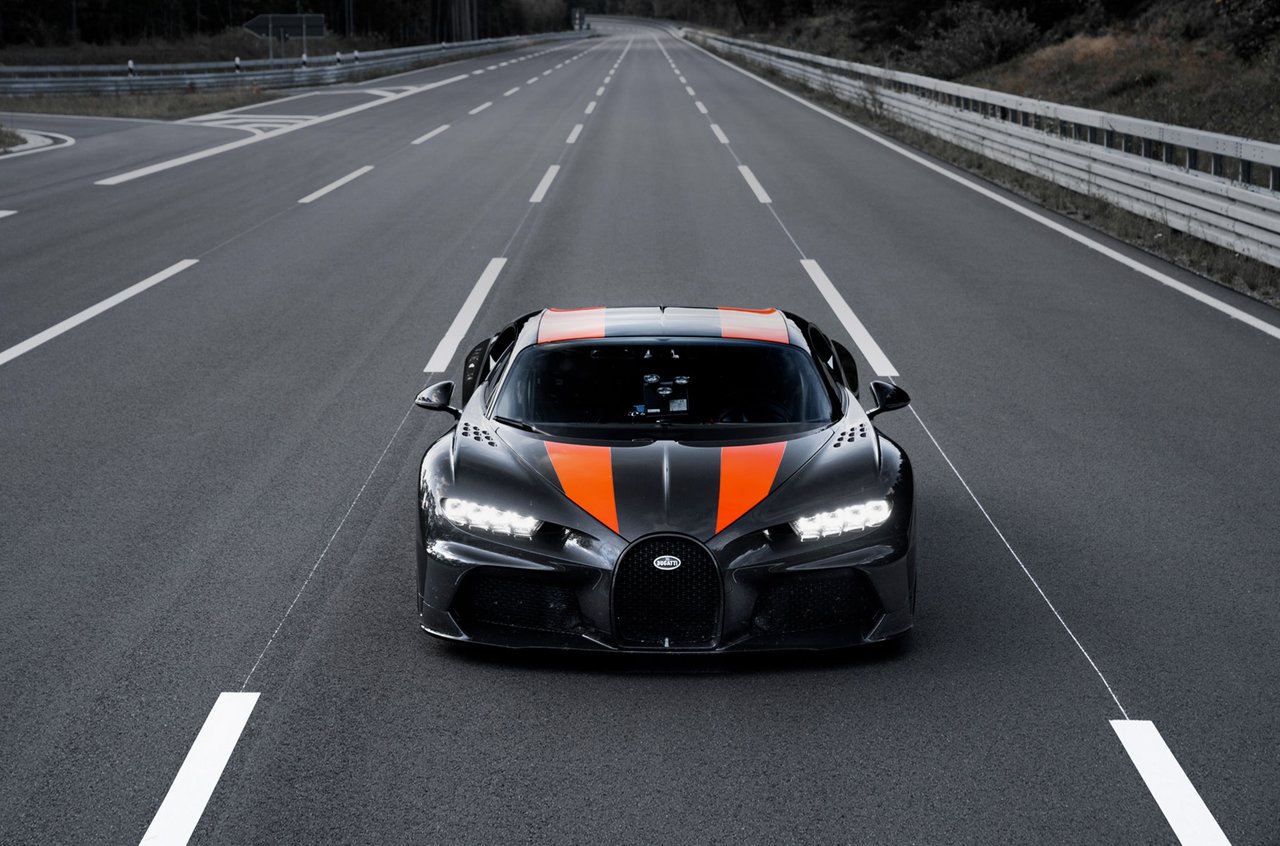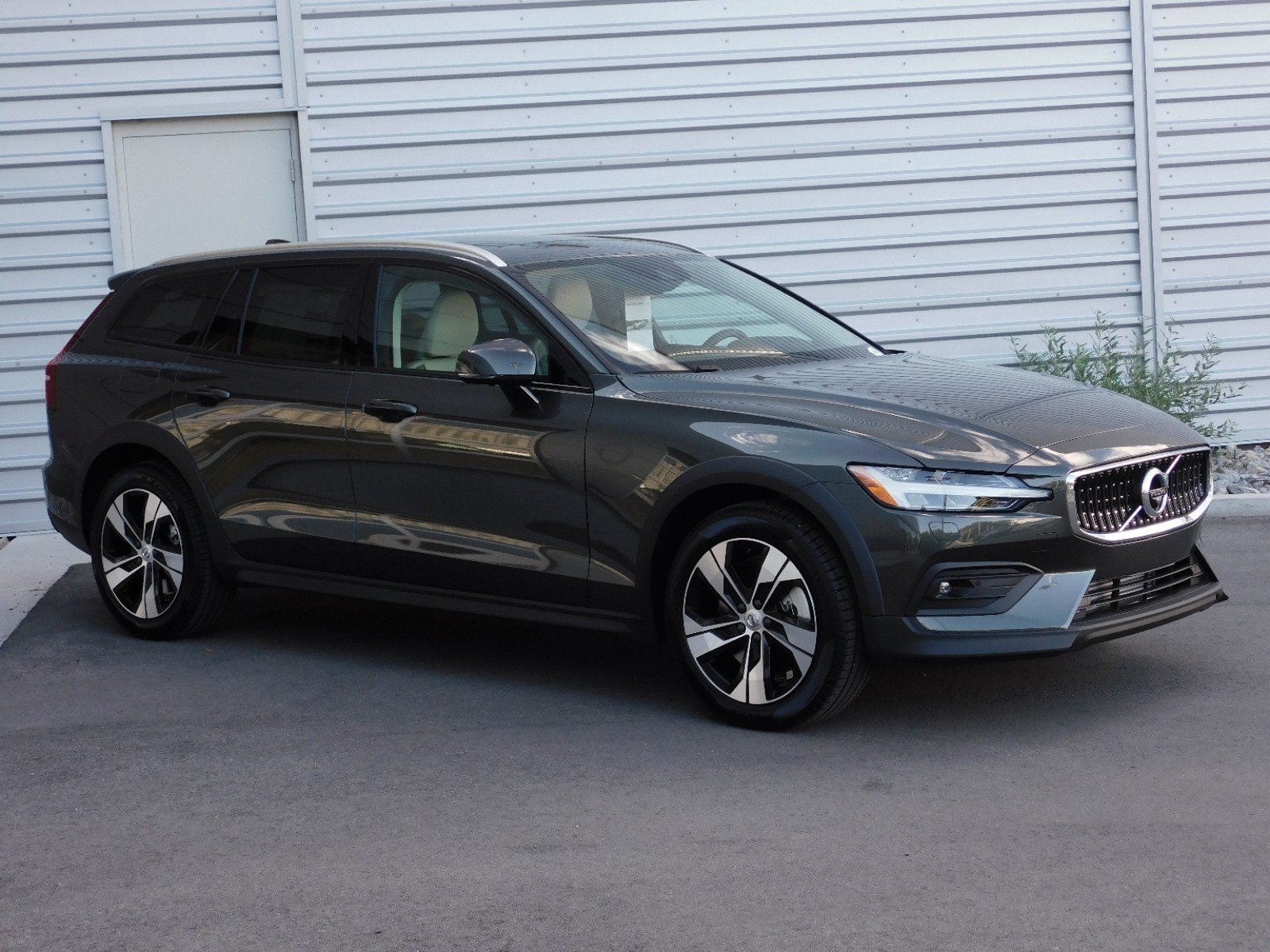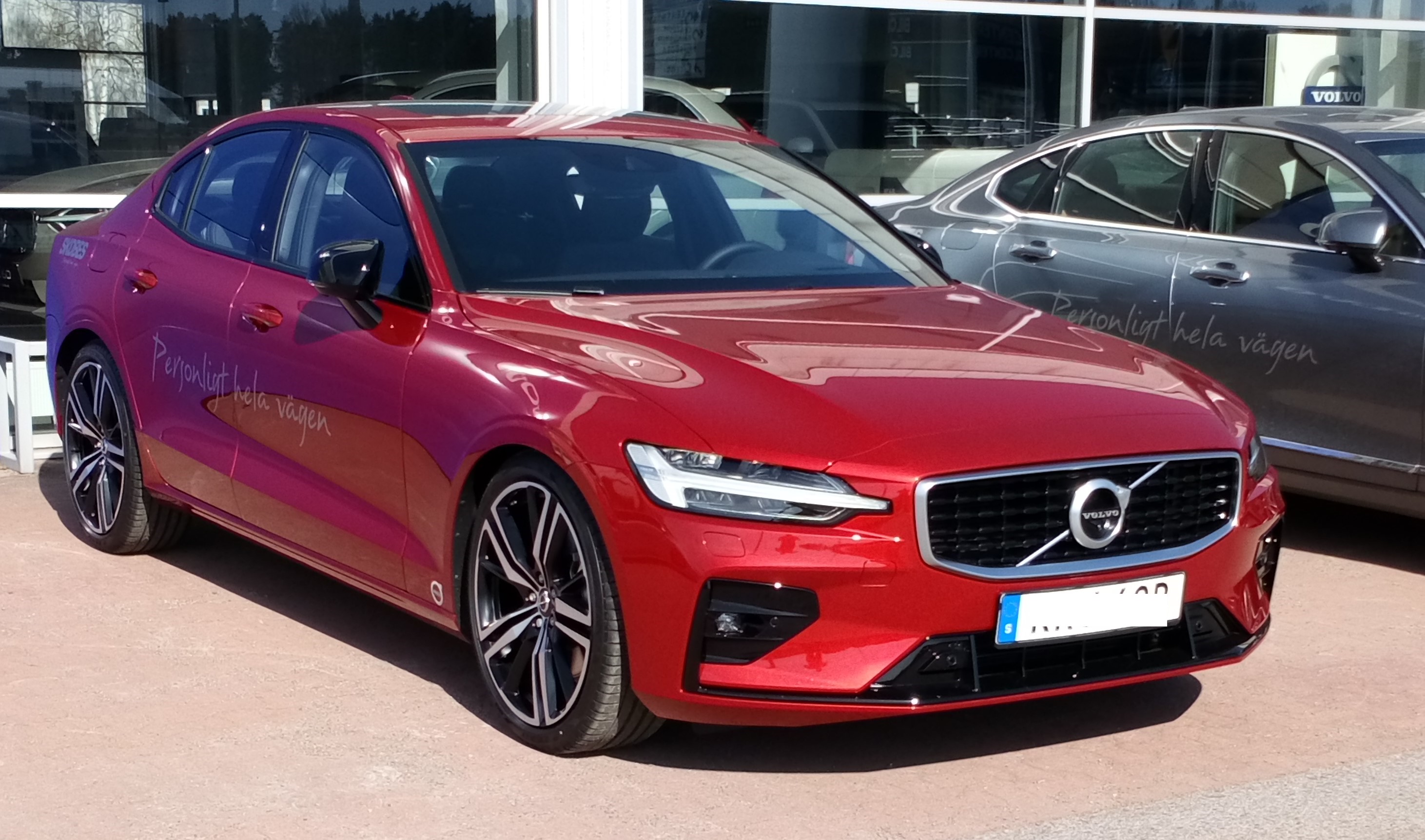types of automotive battery and the difference between them
Power. Vitality. Life. types of automotive battery are fundamental to ensuring your vehicle begins each day.
It guarantees that the lights light up, the wipers wipe, the music plays… you get the thought.
Your battery is charging at whatever point your vehicle is running, yet it just has so much life and will in the end should be supplanted.
Our guide underneath will enable you to see increasingly about the different kinds of vehicle batteries and distinguish the best fit for your vehicle.
Different types of automotive battery nowadays
Beginning, Lighting and Ignition Batteries
Most by far of car batteries are Starting, Lighting and Ignition (SLI) batteries.
Like the name suggests, these batteries help begin your vehicle,
yet in addition give capacity to your start, lights, radio and that’s only the tip of the iceberg.
SLIs have a shallow charge cycle (the time it brings to rundown the battery and energize it back)
and can just convey control in short blasts of time
(for example the measure of time it takes to begin your vehicle).
Profound Cycle batteries give supported control over a more drawn out timeframe.
Contrasted with SLIs, this makes them increasingly perfect for marine vehicles,
little recreational vehicles and golf trucks.
Valve-Regulated Lead-Acid Batteries
Valve-Regulated Lead-Acid (VRLA) batteries are intended to be low-support and don’t require the normal expansion of water to the battery cells.
Since they don’t require ordinary upkeep, the batteries are fixed which means they won’t spill whenever spilled or transformed.
This additionally implies by and large, the batteries can’t be overhauled, they simply should be supplanted.
Two striking sorts of VRLA batteries are Absorption Glass Mat (AGM) and Gel Cell batteries.
AGM batteries convey a higher pace of intensity in short blasts contrasted with other fixed batteries on account of a quick response between the electrolyte and the slim fiberglass surface tangle.
Gel Cell batteries—called so on account of their silica-based electrolyte—
commonly work best for profound cycle applications (like marine vehicles and golf trucks),
however are less powerful in extraordinary cold or hot temperatures.
Wet Cell (or Flooded) Batteries
Wet Cell batteries are called so on the grounds that they have fluid
(frequently a mix of lead, sulfuric corrosive and water) that makes the battery “electrolyte”.
Wet Cell batteries are regularly more affordable than different arrangements,
however don’t give a similar accommodation and cycle life that VRLA batteries do.
Some wet cell batteries may likewise require standard upkeep to supplant lost electrolytes.
Lithium-Ion (Li-particle) Batteries
While contrary with most of vehicles out and about, as of late, there have been various autos,
including cross breeds and electric vehicles, that utilization Lithium-Ion batteries.
Li-particle batteries can store essentially more vitality and are a small amount of the weight contrasting with conventional lead-corrosive batteries.
Be that as it may, one of the real downsides of Li-Ion batteries is their short life expectancies
(the normal Li-particle endures around three years paying little mind to utilize).
Battery Types At A Glance
We’ve arranged the data above into this graph.
It’s basic to pick the correct vehicle battery for your particular needs.
Resource: sears




